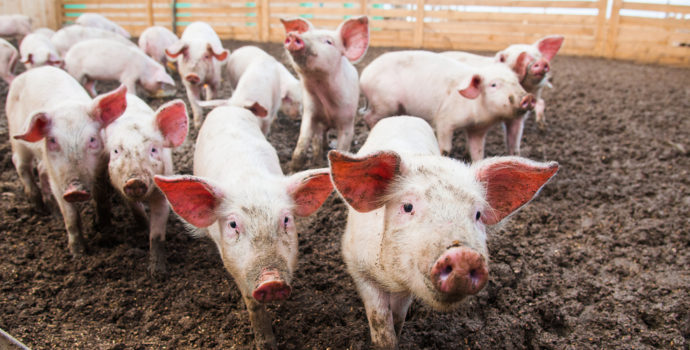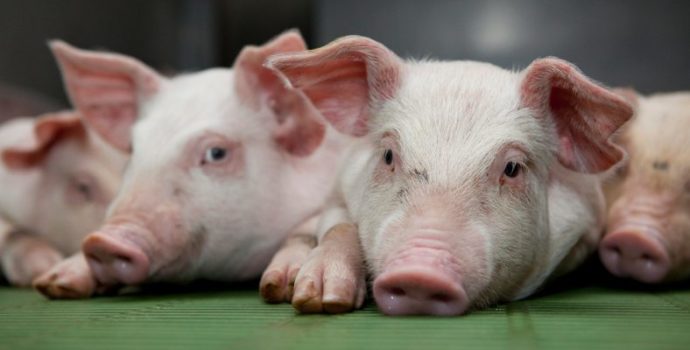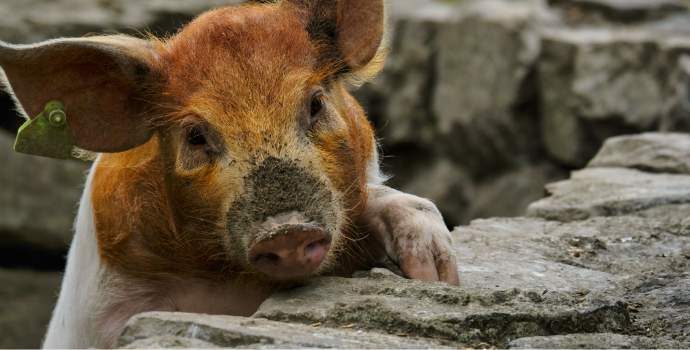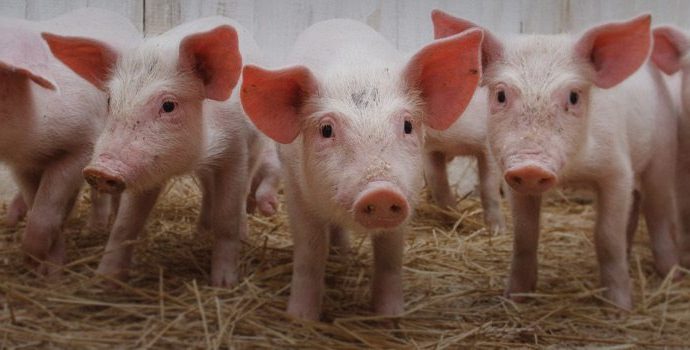Pigs National Council Report September 2021
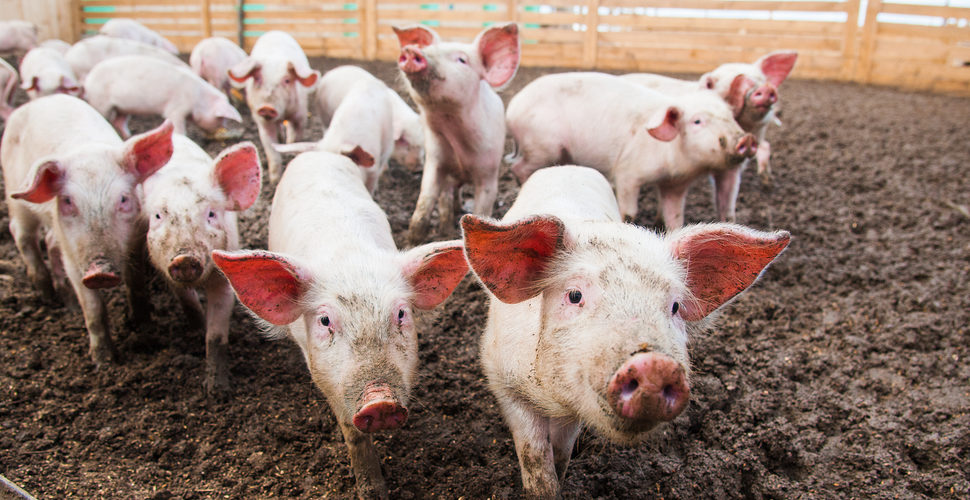
The European pigmeat market has been extremely negative over the past three months. Irish pig prices have reduced from €1.76c/kg on to today’s quotes of €1.54c/kg.
Rosderra €1.52-1.56c/kg
Kepak €1.52-1.56c/kg
Cookstown (NI) €1.56-1.60c/kg
Dawn P&B €1.56-1.60c/kg
Staunton’s €1.56-1.60c/kg
Sows €0.68-0.74ckg
Current Pig Market and Outlook
The European pigmeat market has moved negatively over the past three months from an average EU price of €1.70c/kg in early June down to today’s average price of €1.38c/kg. This represents a reduction of close to €30 per pig, while there have been substantial increases in feed prices. Break even pig prices for now calculated well above €1.55c/kg.
Why is pigmeat in decline while other commodities are increasing?
One of the main influences behind the European and worldwide pigmeat markets is China. Devastated by the pig disease ASF in 2018, where an estimated 50% of the national Chinese herd was lost or culled, this event resulted in a huge import demand from China and disruption to the worldwide pigmeat trade. It’s sudden increased demand from the world’s biggest consumer of pigmeat caused prices to rise across the world where pig price is hitting two Euros per kilo in South America, the USS and in Spain. Europe is one of the largest exporters of pigmeat to China, and Germany is one of the largest EU pigmeat producers second only Spain. Germany became ASF positive in 2020 and lost its export ability to China. While this continued to drive the trade, but with the reduced supply to China, the German farmers suffered greatly with prices well below production for the past 18 months. No doubt that the Chinese influence was positive and resulted in high prices for the past two years for Irish pig farmers, it is a volatile market and currently has reduced demand for imports dramatically from all suppliers. This has caused a worldwide price reduction in pig prices. Similarly, the Chinese are having a major influence on the feed commodity markets driving maize and soya prices in an attempt to build stocks to feed their own pigs and poultry.
TAMS investment scheme for Pigs
After many years of lobbying the Department of Agriculture, Food and the Marine for an increased investment limit to the pig and poultry investment scheme, it was announced in 2019 this limit would increase from €80,000 to €200, 000. Well short of the €500, 000 that the IFA pig committee had lobbied for it was still welcomed. Almost two years later and this scheme has still not been open for pigs or poultry with the Department only releasing the specs to the IFA in June 2021. These specs came as a great shock to the IFA and to all other stakeholders involved in pigmeat production. The Department have hijacked the Tams pig scheme in an attempt to force farmers to do the impossible. After numerous engagements with DAFM Tams and Welfare division, who are behind the Tams specs, along with our colleagues from Teagasc Pig department, IFA have consulted widely with pig farmers and concluded that it is not a scheme we can support. IFA have called on the Department to re-engage with stakeholders to rewrite the specifications for a workable pig grant scheme.
The Veterinary Medicines Regulation (EU2019/6) will update the existing rules on the authorisation and use of veterinary medicines in the European Union (EU) when it becomes applicable on 22nd January 2022. The IFA pig committee have requested a meeting with both the Veterinary Council of Ireland and DAFM to ascertain how can commercial pig farmers continue to operate within these new regulations.
Environmental Pressures
Issues facing the poultry sector:
- Nitrates Action Plan proposals
- Ammonia Emissions
- Odour Modelling and Odour Management plans
- Litter Storage
- Licensing – new and review licenses
- Council planning restrictions
- Recoding of slurry movements online
Ireland’s national nitrates action plan will have an effect on all productive sectors and poultry, with a tradition of exporting litter to landowners, it is reliant on a workable regime for everybody. The continuation of the Nitrates derogation is vital to avoid a reduction in the available spread landbank. The overall IFA submission on the nitrates action plan (NAP) will cover all sectors. The Poultry Committee is planning on completing a supporting submission in conjunction with the IFA Pig Committee on the NAP. The moving of the 15th of October spreading closing date to the 15th of September is of particular issue to both of these litter and slurry exporting sectors.
IFA have engaged with the licence division of the EPA bilaterally negotiating how famers can be compliant with current EPA licences and review licenses where needed.
Move to online recording of slurry movements.
IFA have a major concern on how this will affect the export of all pig slurry/litter /FYM.
This is relevant to all exporting farms, but given the nature and structure of the Irish pig and poultry sectors, it is especially pertinent to these two sectors. While IFA succeeded in getting the implementation date for mandatory recording of slurry movements moved from July to September 2021, this is still not an acceptable situation for pig farmers or landowners.

